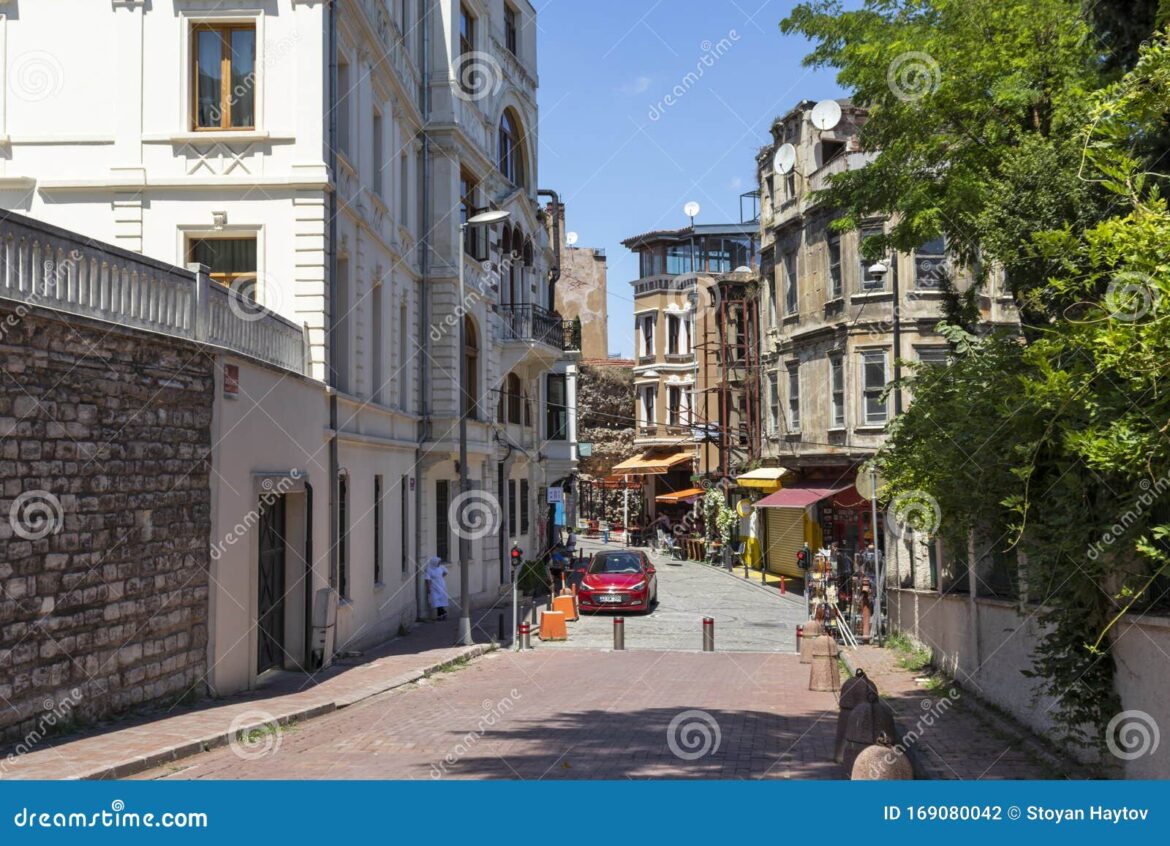The Protestant Reformation, a momentous upheaval in the fabric of Christianity, invites one to ponder the enduring ramifications of ecclesiastical authority. Similarly, one may ask: What if the Ecumenical Patriarchate of Constantinople had fully embraced the challenges posed by the era, rather than allowing centuries of external pressures to shape its identity? This question illustrates not just the historical significance of the Ecumenical Patriarchate but also the complex interplay of faith and politics that has underscored its resilience throughout centuries.
The Ecumenical Patriarchate, nestled within the vibrant tapestry of Istanbul, is a venerable institution steeped in a rich history that traces its roots back to the early Christian Church. Founded in the first century AD, its origins are often attributed to St. Andrew, one of Christ’s apostles, who is believed to have founded the Church of Byzantium. This ancient lineage bestowed upon the Patriarchate an unrivaled authority and a uniquely synodal character, allowing it to serve as a pivotal figure in the Eastern Orthodox Christian tradition.
Throughout the Byzantine Empire, the Ecumenical Patriarchate flourished as a cultural and theological beacon, entwined with the political paradigms of its time. As the empire expanded, so too did the influence of the Patriarchate, making it an essential driving force in the spread of Christianity throughout Eastern Europe and beyond. The establishment of the Byzantine Rite facilitated the expansion of Orthodox Christianity into Slavic regions, establishing a liturgical framework that still resonates today. This dissemination of faith was not merely an act of evangelization but a profound cultural exchange, marking the convergence of language, art, and spirituality.
However, the tides of history shifted dramatically with the fall of Constantinople in 1453, an event that not only altered the political landscape of the region but also heralded a new era of challenges for the Orthodox Church. The Ottoman Empire’s dominion over the city brought about a series of restrictions and reconfigurations that sought to undermine the Patriarchate’s authority and autonomy. Yet, in the face of these adversities, the Ecumenical Patriarchate emerged as a symbol of resilience, navigating the complexities of a new religious and political environment. It adeptly maintained its significance through its role as the religious leader for Orthodox Christians within the empire, positioning itself as a spiritual mediator between the ruling authorities and its flock.
The interplay between the Patriarchate and the Ottoman rulers is illustrative of the delicate balance of power that characterized this period. The Patriarchate garnered a degree of autonomy, functioning as the leader of the millet for Orthodox Christians, which allowed it to advocate for its community’s rights and needs. This pivotal role underscored an essential aspect of the Ecumenical Patriarchate’s identity; it has often had to function as a bridge between conflicting cultural landscapes, embodying the complexities of coexistence in a pluralistic society.
Throughout the centuries, the Ecumenical Patriarchate has faced numerous challenges, not least of which have stemmed from the geopolitical tensions that have marred relations between Orthodox and non-Orthodox territories. The rise of nationalism in the 19th and 20th centuries presented a formidable challenge to the Patriarchate, as several Orthodox communities sought independence from what they perceived as a foreign authority. This phenomenon prompts one to consider: How does a religious institution adapt to the evolving identity of its constituents while remaining steadfast to its rooted traditions?
The 20th century marked a transformative period for the Ecumenical Patriarchate, wherein the winds of modernization began to stir within the walls of this ancient institution. The Second Vatican Council and subsequent ecumenical efforts ushered in a renewed commitment to dialogue among various Christian denominations. The Ecumenical Patriarchate took bold strides to engage with these movements, advocating for unity and reconciliation among Christian communities worldwide. This willingness to engage reflects not only a readiness to adapt but also a prophetic vision to transcend sectarian divides and embrace a more collective Christian witness.
In contemporary times, the Ecumenical Patriarchate continues to wield significant influence, both ecumenically and socio-politically. Under the leadership of the current Ecumenical Patriarch, Bartholomew I, the institution has become increasingly vocal regarding environmental issues, interfaith dialogue, and global humanitarian efforts. This evolution raises an intriguing question for contemporary believers: How might the Church address the pressing needs of today’s world while remaining true to its theological tenets?
The challenge is monumental, yet it is precisely this interplay of faith and action that illuminates the continued relevance of the Ecumenical Patriarchate in the modern era. The necessity to engage with contemporary societal challenges through a theological lens provides a framework whereby believers can manifest their faith in practical, transformative ways. As it stands today, the Ecumenical Patriarchate serves not only as a custodian of rich traditions but also as an active participant in addressing the multifaceted crises of the present age.
In summary, the Ecumenical Patriarchate of Constantinople embodies a synthesis of rich historical legacy and contemporary relevance. While the tides of history have certainly fashioned the contours of its identity, the enduring commitment to faith, adaptability, and global engagement underscores its significant position within Christianity. The Ecumenical Patriarchate invites believers to reflect on their own evolving spiritual journeys and to consider how collective faith can be a catalyst for harmony and understanding in an increasingly complex world.



